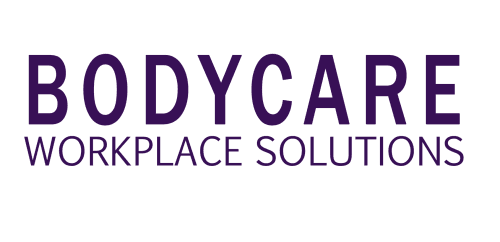Creating change in the workplace, what’s the best approach??

Being able to successfully create change within an organisation is no mean feat. But, when done correctly, it can lead to exponential growth opportunities, improved productivity and in some cases, a seriously competitive edge.
So how exactly do you get your organisation from point A – your current state – to point B – the improved state, where you have adopted a new or upgraded process, equipment or procedural change?. The answer is engagement. And the way to create engagement (and ultimately create change) is through education and training.
Now, when we say education and training, we’re not talking about getting all employees to sit through a series of dull PowerPoint slides. We are talking about proper engagement using the right adult learning techniques.
People by nature are not averse to learning. But in 2018,a series of PowerPoint slides or an instructional pamphlet is no longer useful or effective at creating change.
It’s time to evolve…
In a recent study regarding workplace learning techniques, it was revealed that most adults prefer a ‘learning experience’ rather than a lecture. A practical or immersive session, discussion or workshop that allows them to ‘see’ and ‘do’ is the future of employee training.
Generally, most people prefer to learn through:
• Practical, hands-on sessions
• Working in groups
• An interactive and relaxed environment
• Opportunities to experiment and learn from mistakes
• Problem-solving activities
• Humour and fun
• An engaging presenter
Training delivery methods for the 21st century worker
Instead of trying to engage employees with mundane or outdated training material, provide your team with training that will motivate and empower them. Here are four learning techniques you can use to encourage your employees and foster successful organisational change.
1. Virtual reality or augmented reality
Because of the immersive nature of virtual reality or augmented reality, it can be extremely useful for helping to acclimate a learning process. Workers can be immersed into new work environment, a safety critical environment or an environment that is unrealistic to simulate in real life conditions. Through this immersive experience workers can be exposed to the ‘whole’ environment, the noises, the movement, the special layout so that real time learning and problem solving can take place.
For example, for manufacturing and industrial operations, VR can be used to help workers learn about new safety processes, operational systems, or how to work with piece of plant equipment by placing the employee in a simulated environment.
2. Practical role playing
For firefighters, mining, construction, and other very hands-on industries, being able to rely on one another in the field is essential. For these types of organisations, role playing can be an extremely useful learning technique.
It gives workers the chance to explore different scenarios, to try out problem solving techniques, and to gain confidence that they know how to act in a variety of situations. It also is a more effective way to absorb vital information. David Kolb, a specialist in adult learning who developed several learning methods in the 1980s, found that adults can’t learn by simply listening to instructions. The only way to gain a true understanding is to be able to use the new information experimentally.
3. Interactive videos
Video instruction can also be a useful tool when it comes to workplace training, especially when used in conjunction with other learning tools\. However, as watching a video is a passive form of learning, it isn’t enough to engage employees and facilitate a deeper understanding.
With technology today, businesses can take video training one step further and offer interactive training videos or questionnaires to test learning outcomes and information retention. This method works well for compliance and safety training as viewers can answer questions and test their knowledge during the experience.
4. eLearning platforms
In the digital era, offering training in a digital landscape can make learning more convenient and enjoyable for your workers. They can learn through their mobile phone, tablet, or desktop and you can track their progress with cloud-based eLearning.
One of the advantages of this method is that once you invest in a platform, you can customise or scale it as your training needs evolve in the future with new changes.
The future of workplace training
From adopting new technologies to finding creative and practical ways to engage your employees, putting in the effort to improve your company’s training methods will pay dividends when it comes time to make the change.


